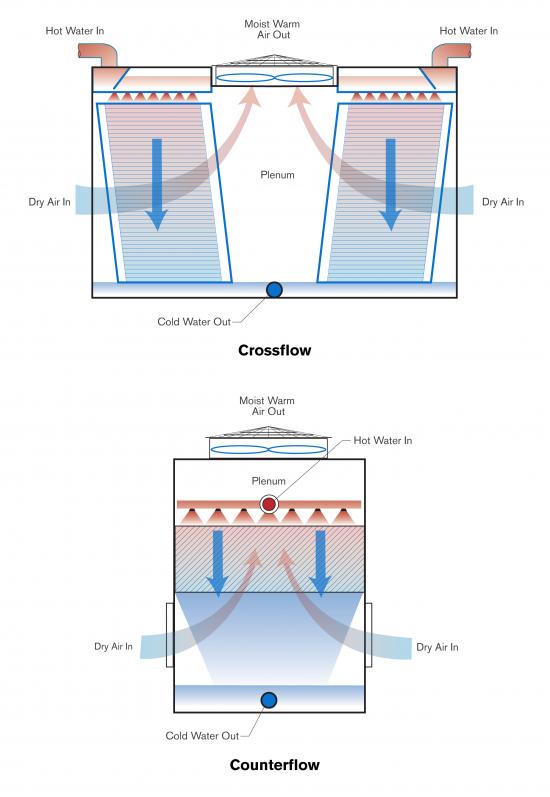

A facility that allows stagnant water is another contributing factor.ĩ. WHY DOES ONE TOWER BECOME INFECTED AND NOT ANOTHER? WHAT ARE THE CONTRIBUTING FACTORS?Ĭorrosion, scaling, fouling and the presence of silt are aggravating factors, providing nutrients and ideal locations for the development of Legionella bacteria. Water droplets can travel up to one mile from the airflow and lead to infection over a wide area.Ĩ. Moreover, the water often contains nutrients (scaling, corrosion, organic matter) and provides shelter (mud, dirt and amoebae). The temperature of the water in cooling towers is ideal for the growth of Legionella.

WHY ARE COOLING TOWERS FAVOURABLE PLACES FOR THE GROWTH OF LEGIONELLA? Smokers and alcoholics are also at a higher risk.ħ. Mainly those with a weak immune system (e.g., elderly, immunosuppressed transplant patients, etc.). Contamination sources are facilities that favor the growth of bacteria, which is spread in the environment through mist formed. The infection comes from inhaling contaminated aerosols (microdroplets). Approximately 95% of exposed individuals will develop this infection. It is a non-pulmonary infection like the flu, caused by Legionella bacteria. In 15-20% of cases, the infection is fatal. It is an infection caused by Legionella pneumophila bacteria, which is a serious form of pneumonia (lung infection). WHAT IS LEGIONNAIRES’ DISEASE, OR LEGIONELLOSIS? Legionella bacteria occur naturally in moist environments, colonizing in artificial or natural reservoirs of fresh water and moist soils.Ģ. WHAT IS LEGIONELLA (WHERE DOES THE BACTERIA COME FROM)?


 0 kommentar(er)
0 kommentar(er)
